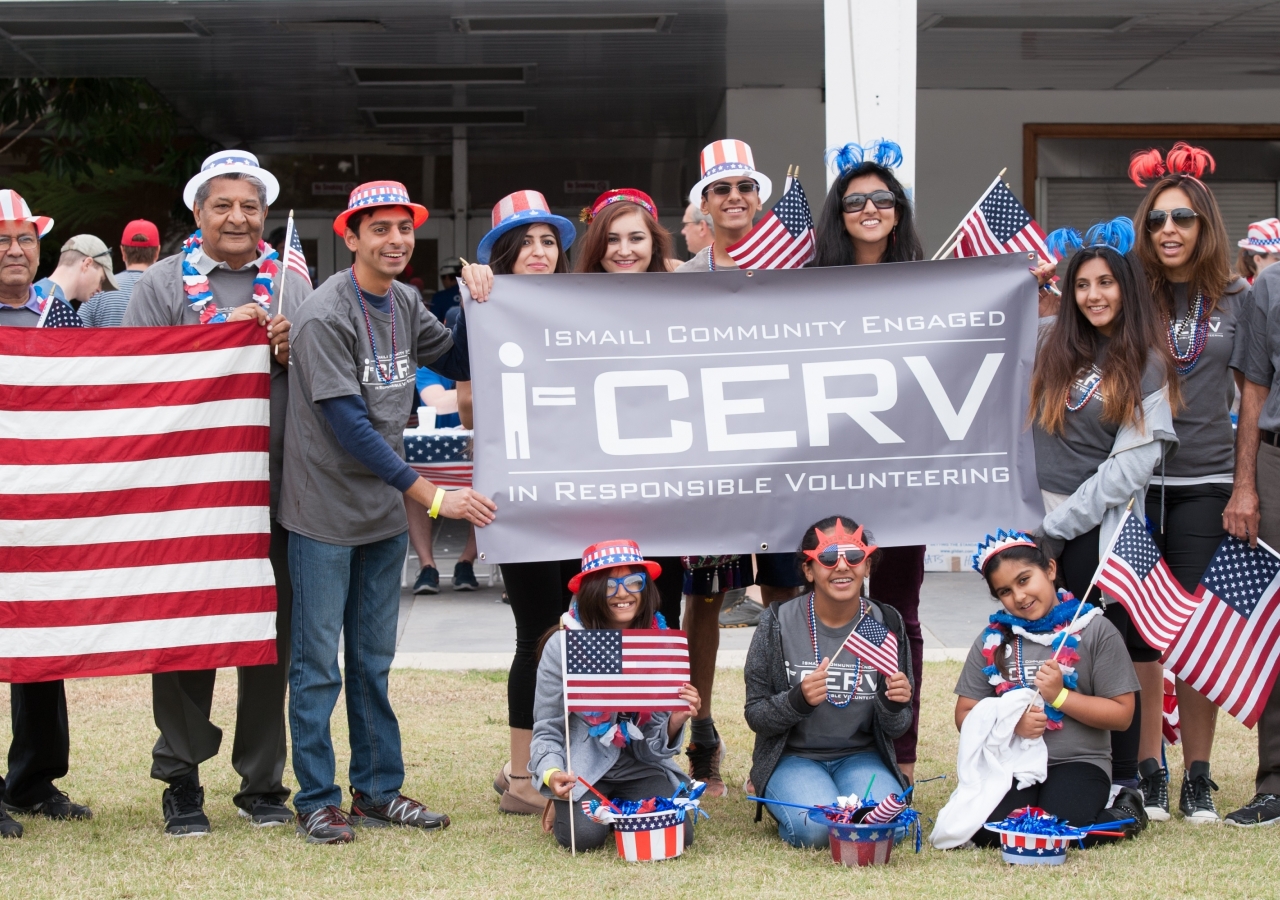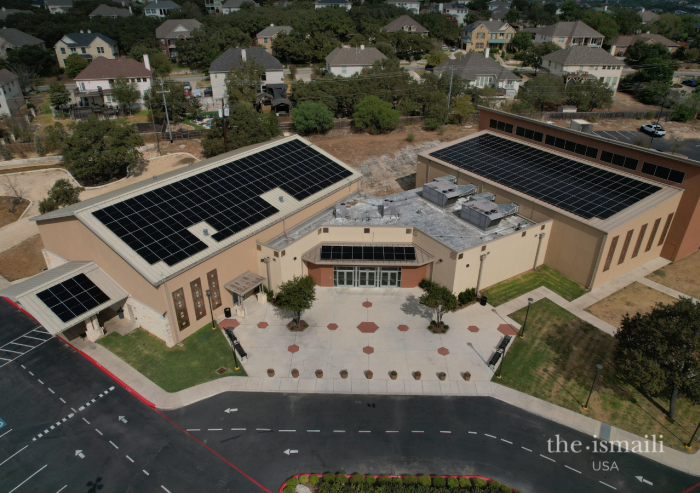In our current lifestyle, it seems as if community—or more aptly communities—are all around us. Our workplaces, schools, neighborhoods, Facebook groups and even gyms are striving to build or enhance a sense of community within their members. And yet, for a concept that is this prevalent in our day to day lives, and this important in the formation of our identities, most of usinvestsurprisingly little time personally reflecting upon how we shape our communities, how they shape us, and how this relationship has evolved over time.
Transition from a Community to Many Communities
Often, when thinking about our relationship with our community, we tend to think about “Community” with a capital C—the one overarching affiliation, often rooted in our faith, that primarily shapes the core of how we see ourselves and thus our identities. While this may have been a more appropriate lens in the past when we lived in more homogeneous environments, our modern context requires us to take a broader view.
We are simultaneously part of many communities—our Jamat, our schools, our children’s schools, our country, our work/industry, our interests and our activity groups. Each one of these communities shapes us in some important way. Thus, the classic diagram of individual-community relationship—the one with the individual as a dot fully encircled by a clearly delineated boundary that defines the community—is no longer accurate. A more apt representation may be a kaleidoscope pattern with different colors of different shapes and intensity, symbolizing our various community affiliations, overlapping in ever shifting ways to define our identity where they all intersect.
Learning to Anchor our Identities with Intent and not by Default
This dynamic, ever shifting model of community-individual relationship can seem very daunting to navigate. If our identities are shaped by our community affiliations and we have multiple, evolving affiliations, what does that say about our identity? What is our identity anchored in? All of us, consciously or passively, deal or have dealt with this question in the large and small choices we face every day. How do I balance Saturday morning Religious Education classes for my child against the conflicting piano classes? Should I join Tau Beta Pi and focus on enhancing my career or do I continue hanging out with my friends whose company I enjoy?
We have always navigated these choices by anchoring ourselves into communities whose values most closely align with our own personal value-systems. In the past, when we lived in environments with a single, dominant community, we defaulted to our anchors—often our common faith. In the modern context, it is important to be purposeful in our choice of communities in which we anchor our identity, to reflect upon their values—both stated and practised. It is only through such reflection that we can have the tools to navigate the various conflicts of values and priorities that we may face amongst the various communities to which we belong.
Importance of a Cosmopolitan Value System
For most of us, either by default or through deliberative choice, our Jamat and our faith is our anchor community. Even in this context, elements of modernity, such as seamless global communications and ease of global travel and migration, have made us more aware of the diversity that was always present in our Jamat. Whereas our grandparents hardly ever saw anyone outside of their neighboring villages in Jamatkhana, we routinely see and interact with Jamati members who were born and raised in far-away places. While we all have our faith in common, each of us brings our own distinct cultures and experiences. Whereas Jamatkhana was once culturally homogeneous, there is now great heterogeneity. In such a diverse Jamati context, it is important to draw a distinction between values that are rooted in our culture and ones rooted in our faith.
As we reflect upon the community-individual relationship, it is important to anchor ourselves in the cosmopolitan values espoused by our tariqah so that we can more effectively reconcile any value incongruences that we may observe within Jamatkhana that may be rooted in culture, and those that we may observe with other communities to which we belong.









